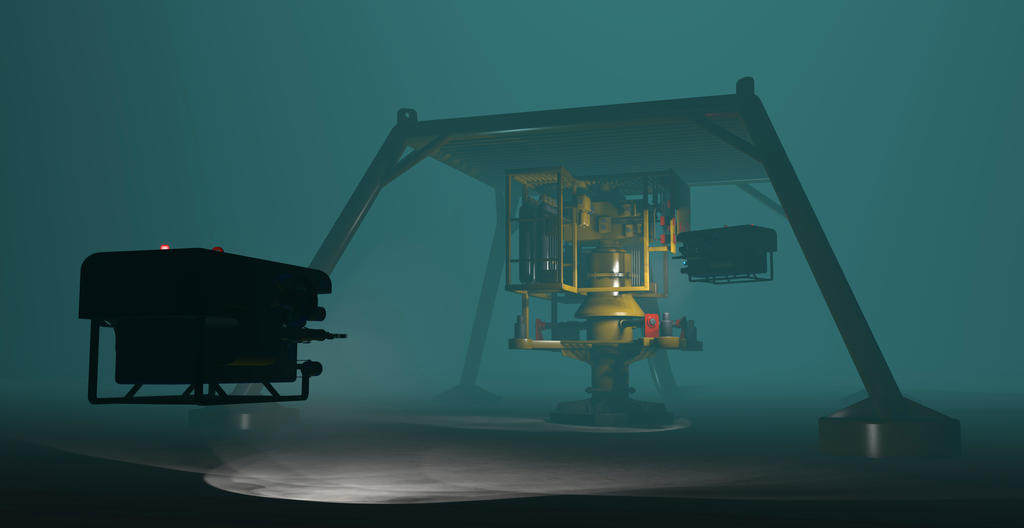
Blogs
4 Amazing Facts About Omniseal® Spring-Energized Seals
Making History, Protecting The World & Supporting Daily Lives
By Rebecca Phan (August 2021)
What is the role of Omniseal Solutions in supporting our world? We do it mostly from behind the scenes! Our critical sealing and polymer material solutions are “mighty” but almost always “invisible” in core systems for aviation, space, life science, and other industries that are “moving” and “protecting” us every day. Take a close look around you … you may be surprised where our seals and polymer materials are. In this blog, we are revealing 4 amazing facts about our Omniseal® spring-energized sealing solution and how they are used on a daily basis.

Omniseal® Spring-Energized Seal: The Polymer Solution for Extreme Hot & Cold
Fact #1: Our seals have ventured into outer space for over 60 years
When NASA was first created in 1958, our engineers were a part of that space history, helping to resolve elastomer seal failures on rocket launches through our Omniseal® RACO® spring-energized seals. Proven to address extreme wear as well as cryogenic and high temperatures, these seals were consistently used on many space missions in the main engine, life support, and tanks with hypergolic fuels for the last 60 years. For example, as part of every space shuttle mission since the first human spaceflight (132 in all), the seals have traveled over 500 million miles. Where else have these seals been?
On Atlas V rocket that launched the Mars Rover Curiosity (2012). Another interesting fact is that our Rulon® ball bearings were used on the Curiosity drilling tools. The rover is still exploring – follow its progress via the Mars Curiosity Rover Twitter account. Our space team does!
On Delta IV heavy rocket in the slip joint system (2013). Did you know that the heavy rocket is the most powerful rocket currently flying and known for its delivery of exceptionally demanding payloads? The Space Launch System (SLS) rocket will surpass it when it launches in 2022. Guess what? Our cryogenic seals are also on this amazing rocket – and they are huge – over six feet wide!
On the International Space Station (1998-present). Did you know that the station is the longest continuous human presence in low Earth orbit and that we have thousands of seals on there – in core systems that support the astronauts' lives on the station as well as experimental equipment where they conduct testing?
On Falcon Heavy (2018) which made history when it was launched with a Tesla vehicle - cool rocket with a cool car! The rocket is three rockets in one. Do you know how many different versions of Falcon rockets have been made? Our seals have been used in the very first Falcon Prime to Falcon 9.
Read our white paper: "Polymer & Metal Sealing Solutions in Critical Cryogenic Space Applications."

Fact #2: Our seals have gone deep into the ocean on the world’s first subsea gas compression station
Our oil and gas team dug deep into their sealing expertise when they collaborated with a key customer on the world’s first subsea gas compression station, installed in the Åsgard field offshore Norway in 2015. According to the customer, 11 million man-hours have been spent on the Åsgard project, and more than 40 new technologies have been developed and employed. Our seals were selected to ensure a tight seal in water depths of 3,000 meters (9,842 feet) as well as their reliability in severe environments, typically characterized by pressures beyond 15,000 psi (1,034 bar) and temperatures above 150°C (302°F). They have become known for their ability to address harsh chemicals, high-pressures, and extreme temperatures from more complex reservoirs in oil and gas exploration. What else has our oil and gas team contributed to the industry?
Proven success and expertise in leading standards such as NORSOK M710 and API 6A resulted in a major U.S. oil and gas customer to request that we develop a technical engineering manual with selection guidelines for polymer lip seals in API 6D isolation valves. The documentation was widely distributed among operations, and used to improve awareness of importance of seals in severe service operations.
Omniseal® spring-energized seals were developed for single stem sealing on quarter-turn valves to lower fugitive emissions in oil and gas.
Fact #3: Our seals have given surgeons more confidence through one of the first full-powered, reusable endoscopic staplers in the world
Our Omniseal® seals as well as our Meldin® bearings set a new standard when they were first used on one of the first full-powered, reusable endoscopic staplers in the world (2013). With the trend toward micro instrumentation and smaller, more versatile surgical solutions, these devices enable easier installation of surgical staples through simplified tool design and portability. The seals used on them need to be extremely small—¼ inch or smaller—and provide a tight fit that can withstand multiple steam autoclave sanitation cycles and low torque operating conditions.
Read our microsurgical miniature motor case study to see how a tiny seal can be very mighty!


Fact #4: Our seals helped to protect the environment on the world's first supplier of industrial CO2 dyeing equipment
Protecting the environment comes first! We worked with the world's first supplier of industrial CO2 dyeing equipment, installing spring-energized seals in Netherlands-based DyeCoo’s environmentally-friendly industrial dyeing machines (2015). Carbon dioxide is used to save billions of liters of water and prevent billions of gallons of toxic chemicals from being dumped into waterways.
Read how we are putting sustainability at the forefront to keep our world thriving!